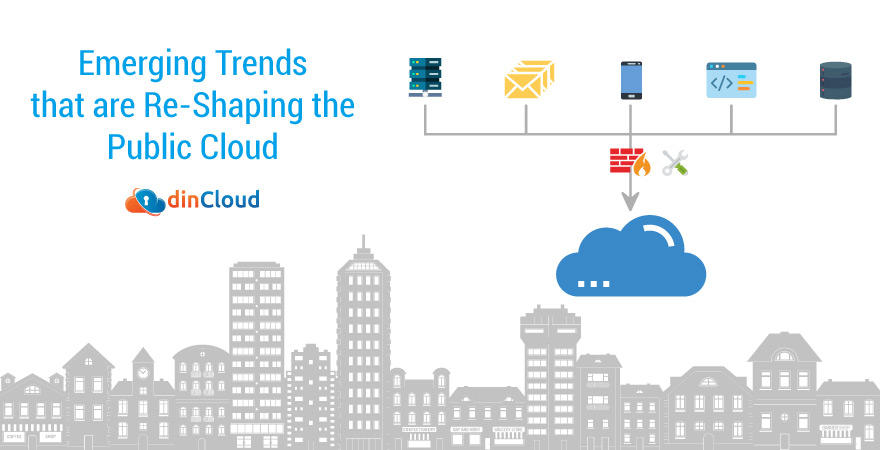Over the past few months, many enterprises have picked Cloud Computing as their choice for future proofing their core business operations. A move to the public cloud is not only helping them cope with this crisis, but any future disruptions as well.

Gartner, which is considered a top analyst of the tech industry, has painted an optimistic picture about the future demand trends for cloud services. The public cloud has played a leading role in enabling remote collaboration, remote work and operational agility.
Public Cloud End User Spending Trends
During the year 2020, which was heavily impacted by Covid-19, the total end user spending on public cloud services was recorded at US $313 BN. During the current year 2021, it is expected that the same figure is likely to touch a whopping US $396 BN.
The good bit is, this strong growth trajectory is expected to continue at least till the year 2022 as well. It is expected that public cloud end user spending will touch a jaw dropping US $482 BN by 2022, marking a Year on Year (YoY) increase of over 21%.
This is a significant growth trajectory, given the economic uncertainties induced by a devastating global pandemic. The other great aspect of cloud growth is that it is maintaining a steady trajectory.
Gartner has also forecast that by the year 2026, spending on various public cloud services will account for nearly 45% of the total spend on IT services globally. In 2021, the percentage of cloud spending to overall IT spending is just 17%.
Here are a few emerging trends that are re-shaping the public cloud market across the globe, and may continue to do so over the next few years.
Regional Clouds will Proliferate
As regulations around data get ever more stringent with every passing day, Gartner expects the proliferation of regional cloud infrastructures. To better cater this emerging need, Cloud Service Providers (CSP) will have to respond with smaller, localized data centers.
Reduced Carbon Footprint
Not long ago, concerns over climate change were shrugged off as mere exaggeration. However, nearly every nook and corner of the world is now feeling the impact of climate change in one way or the other.
In this backdrop, Cloud Service Providers (CSP) will have to reduce their carbon footprint by developing eco friendly, yet ultra fast data centers. How eco friendly is a cloud provider could even become a major criterion for its selection among the available choices.
Automated Cloud Infrastructures
Even right now, leading Cloud Service Providers (CSP) like dinCloud use automation within their cloud infrastructures. However, the use of Artificial Intelligence (AI) and Machine Learning (ML) in cloud services will rise to an unprecedented level.
This will serve a two-fold benefit of not only making cloud infrastructures highly optimized, but also result in a much improved end user experience. With the rollout of more automated cloud solutions, the least amount of maintenance will be required.
Cloud Solutions becoming the Norm
During the Covid-19 pandemic, the public cloud has emerged as a true value proposition for thousands of enterprises globally. The cloud has emerged as a secure, agile, reliable and scalable platform for businesses during a disruptive pandemic.
Gartner anticipates that due to the prevalence of remote work, even once we get past this pandemic, the public cloud will continue to play an instrumental role in supporting various enterprise operations across a wide range of industries.
Conclusion
The solutions offered by Cloud Service Providers (CSP) like dinCloud will continue to remain a major source of Business Continuity (BC) and seamless remote work for enterprises. What’s more important is that are enterprises prepared to embrace the Cloud?
Contact dinCloud for cloud based remote work solutions that are secure, reliable and cost efficient.


